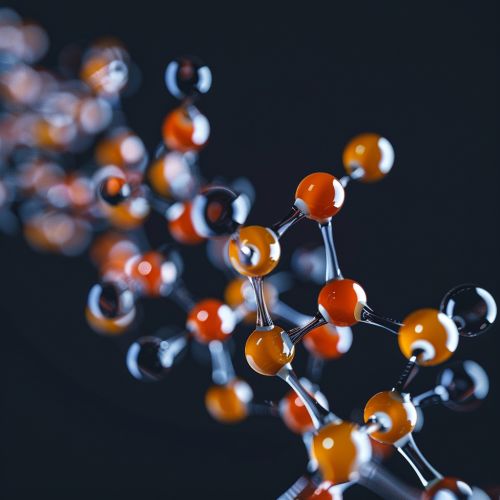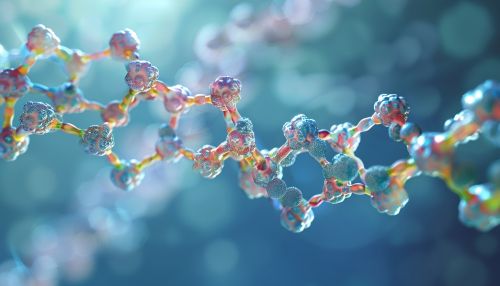N-acetylglutamate
Overview
N-acetylglutamate (NAG) is a key molecular compound involved in the urea cycle, a series of biochemical reactions in mammals that produce urea from ammonia. This molecule plays a crucial role in the metabolism of nitrogen and the excretion of nitrogenous waste. NAG serves as an essential allosteric activator for carbamoyl phosphate synthetase I (CPS1), the first enzyme in the urea cycle.
Structure and Synthesis
N-acetylglutamate is a derivative of glutamic acid, an amino acid that is critical for protein synthesis. It is synthesized from glutamate and acetyl-CoA via the enzyme N-acetylglutamate synthase (NAGS). The structure of N-acetylglutamate is similar to that of glutamate, with the addition of an acetyl group on the alpha-amino group.


Function in the Urea Cycle
In the urea cycle, NAG acts as an essential activator for the enzyme carbamoyl phosphate synthetase I (CPS1). CPS1 is responsible for the first step of the urea cycle, which is the production of carbamoyl phosphate from bicarbonate and ammonia. Without the presence of NAG, CPS1 cannot function effectively, leading to a buildup of ammonia in the body, a condition known as hyperammonemia.
Clinical Significance
Deficiencies in N-acetylglutamate can lead to a rare genetic disorder known as N-acetylglutamate synthase deficiency. This disorder is characterized by an inability to properly metabolize proteins, leading to high levels of ammonia in the blood (hyperammonemia). Symptoms can include poor feeding, vomiting, seizures, and developmental delay. Treatment typically involves dietary management to reduce protein intake and medications to increase the removal of ammonia from the body.
Research and Future Directions
Research into N-acetylglutamate and its role in the urea cycle continues to be a significant area of study in biochemistry and medicine. Understanding the precise mechanisms of NAG synthesis and its role in CPS1 activation could potentially lead to new treatments for disorders of the urea cycle, such as N-acetylglutamate synthase deficiency.
